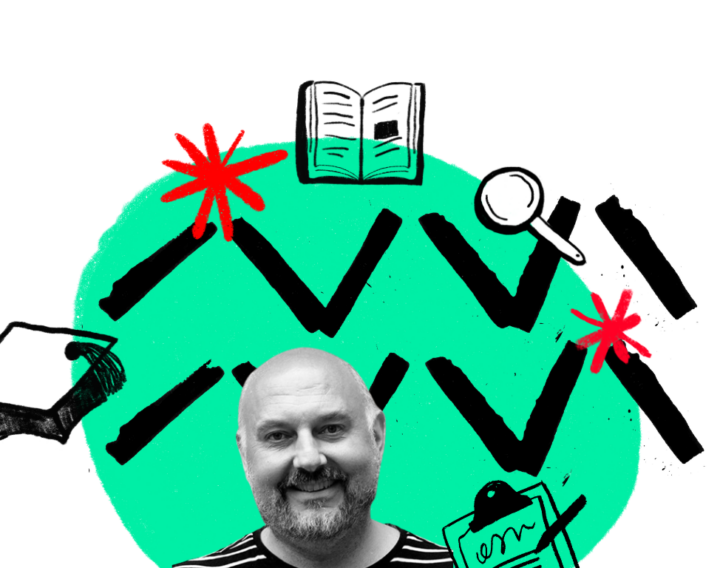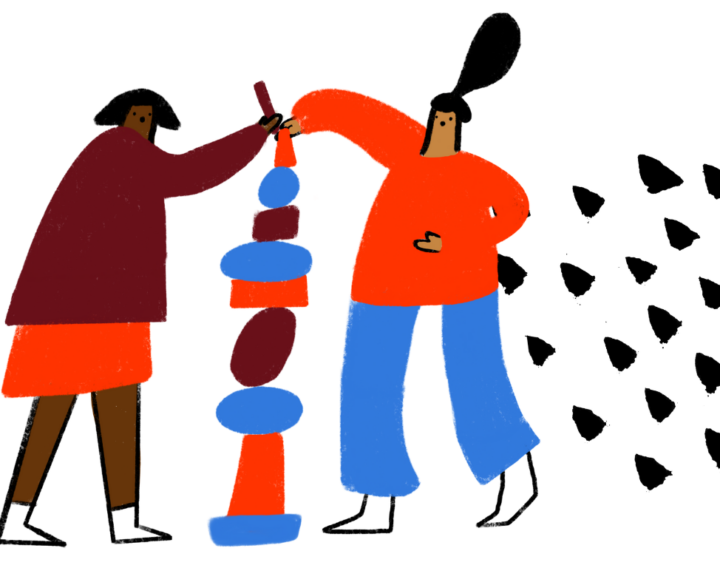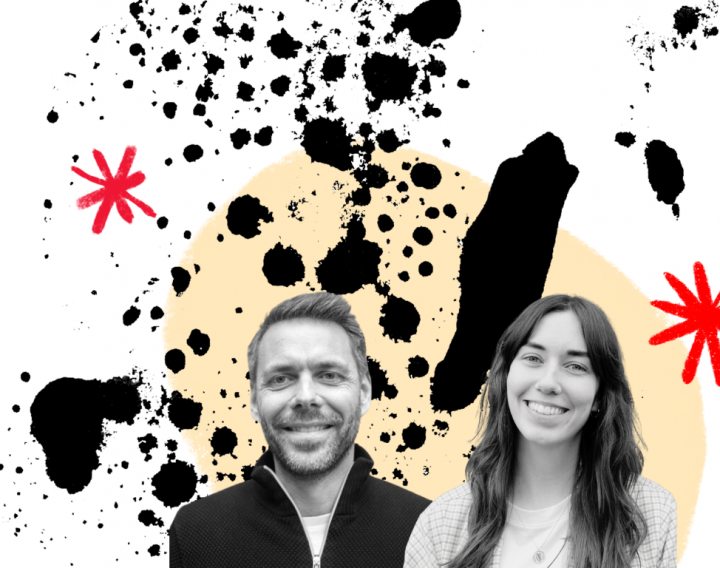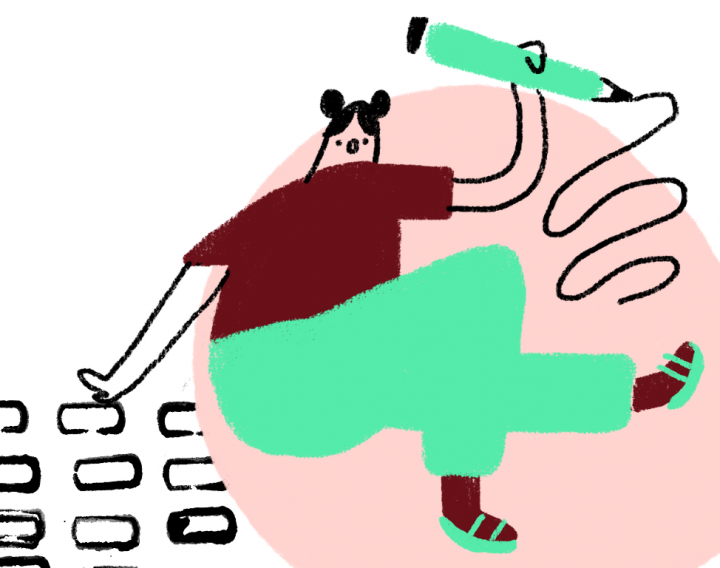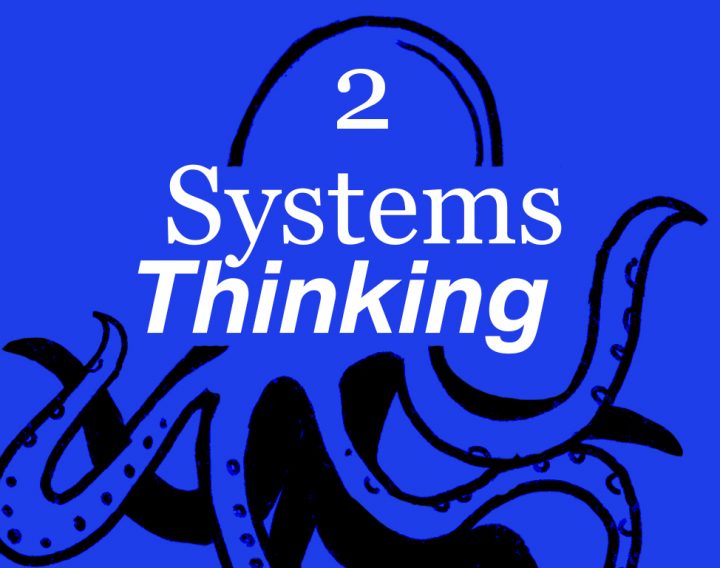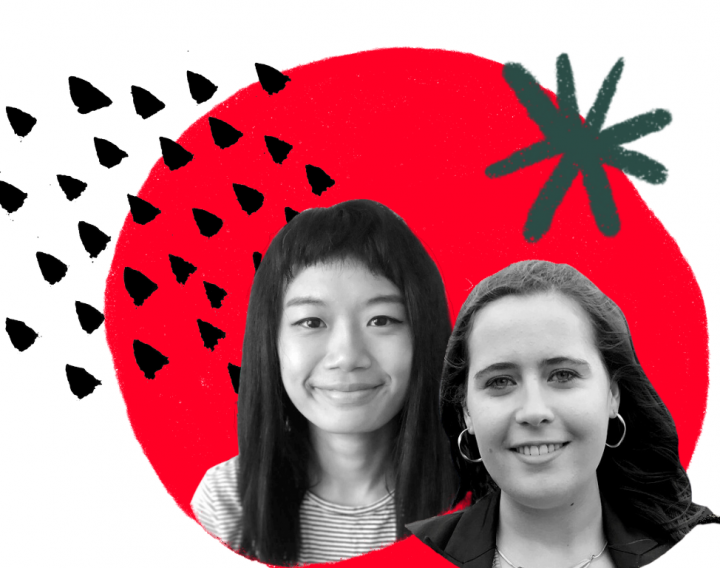Mobility as a service
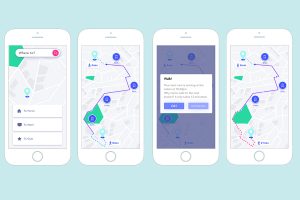
Ten years ago we couldn’t have imagined the connected world we now live in. The possibility of MaaS (Mobility as a Service) and the integration of various transport services into a single, on demand product – was a long way off. It was a conceptual Northstar that didn’t have the right data infrastructure or technology to land on.
Ten years ago we couldn’t have imagined the connected world we now live in. The possibility of MaaS (Mobility as a Service) and the integration of various transport services into a single, on demand product – was a long way off. It was a conceptual Northstar that didn’t have the right data infrastructure or technology to land on.
The announcement in March 2019 that City Mapper would be launching a (rival) travel card to TFL offering cheaper tariffs plus a bus service, that utilises user data to run smarter routes, brings us closer to understanding what this might look like in practice.
However, what cost will this have to our public transport infrastructure?
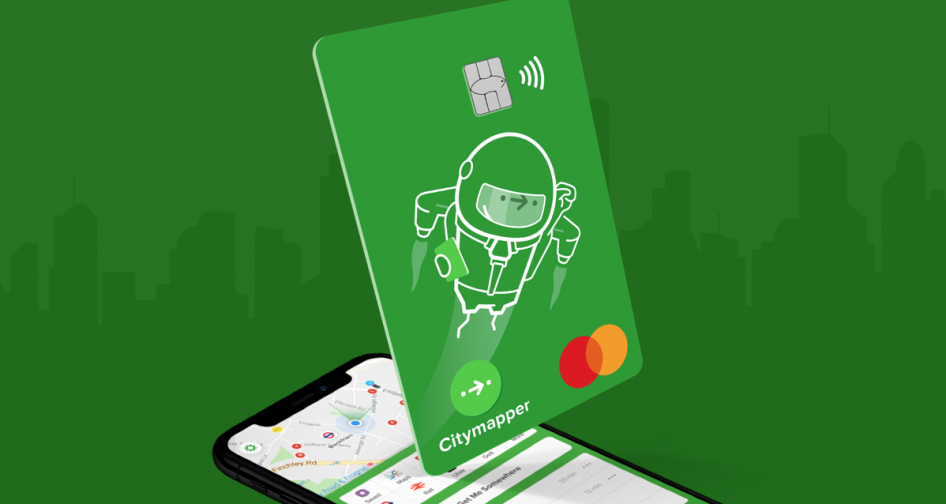
Source: citymapper.com
Whether commuting, shopping or making a one off trip, MaaS benefits when thinking about it from a door-to-door perspective (your home to place of work, or end location) and by asking how seamless journeys of value can be built for customers. As policies like ULEZ have finally become a reality in cities like London, traditional product companies (like car manufacturers) are having to quickly consider how to integrate their products with wider public transport systems whilst looking at all transport modes, as a co-operative interconnected system.
It’s always been my belief, that the major players in the system – from public transport providers to car manufacturers – can benefit from Service Design.
Service Design helps us explore the end-to-end experience of users and the underpinning of the business model in how it is delivered, and what value there is for the user. The tools of Service Design give us a space to explore and develop these new joined up travel systems, all from the perspective of the end user leaving the front door.
Bringing Service Design to the world of transport
Our journey into transport began in 2011. We worked with the brilliant Dr. Steve Cassidy at MMM Group, a global mobility consultancy. With them, we developed the “MMM Doers toolkit” which sought to integrate the core tenets of design practice into MaaS. We adapted our service design methods that we were using at the time within Government and healthcare, and focused them on transport, developing training for Steve and his team.
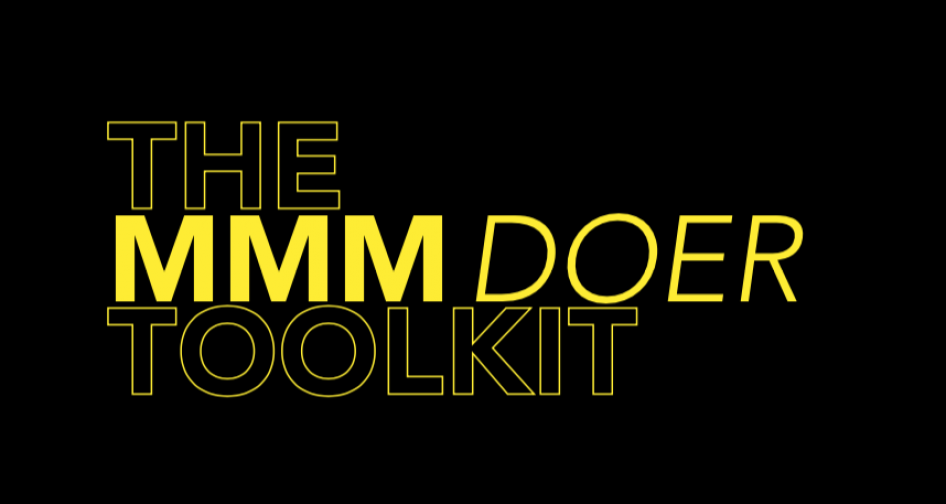
Source: mmmgroup.com
Our adaptation focused on the testing side of design, detailing how the methods and approaches could be used to identify behaviour change around transport and how they could encourage more active travel. Working with their vision for a MaaS model, we were able to play around with strategies for business model design through a service lens with added user value. For example, we looked at being able to shop and order shopping on journeys home; to shared service models for carpooling.
After this project, it became clear to us that transport can benefit from taking a user-centered approach. It can be used to reconsider how it constructs itself as a whole system around the user – providing vision on how partnerships across places could be developed to meet these needs. We still see a major lack of joined up travel options for users, particularly in rural locations. Much of this eventually comes down to a lack of visionary partnership in how needs can be met, and a joined up user journey enabled.
With a platform infrastructure, we can design alternative travel options
A big interest that evolved from this work was how to encourage active travel into an everyday journey. We had the fortune of working with MMM on prototyping an app that would encourage city commuters to walk an extra one or two stops whilst waiting for the next bus/train. In this scenario, by demonstrating more prototyping, a better case could be made for investing in these concepts as you can actively show potential behaviour change. This was only possible due to the emerging technological capabilities that utilise local transport data.
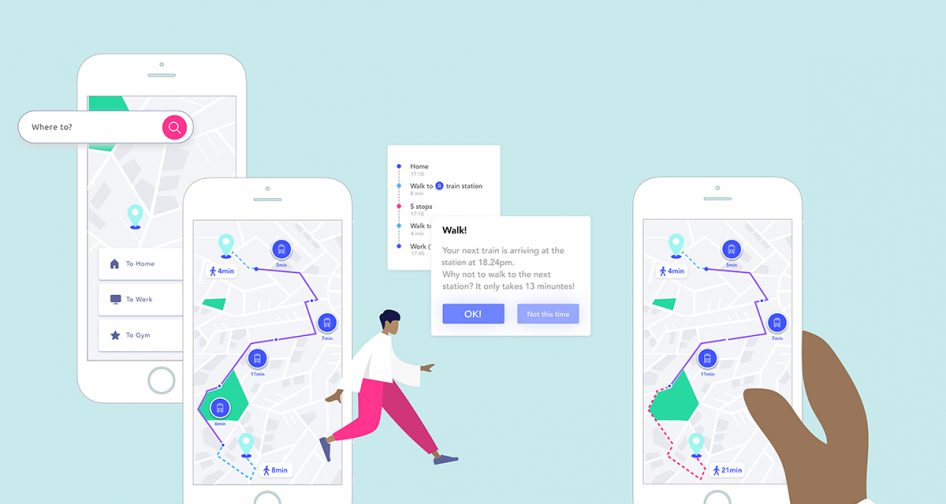
Our depth of knowledge in this field increased when we worked with the great team over at Run Friendly on The First and Last Mile – changing the everyday journey on behalf of Go-Ahead. We delivered the user research that showed the benefits that might be happen if people switched from car travel to public transport. Plus, we helped build a case for people to use active travel modes for the journey to and from the railway station or bus stop.
Through this work we confirmed the value of taking a user-centered approach to travel and the benefits prototyping can provide – in understanding user needs and behaviour change in the door-to-door journey.
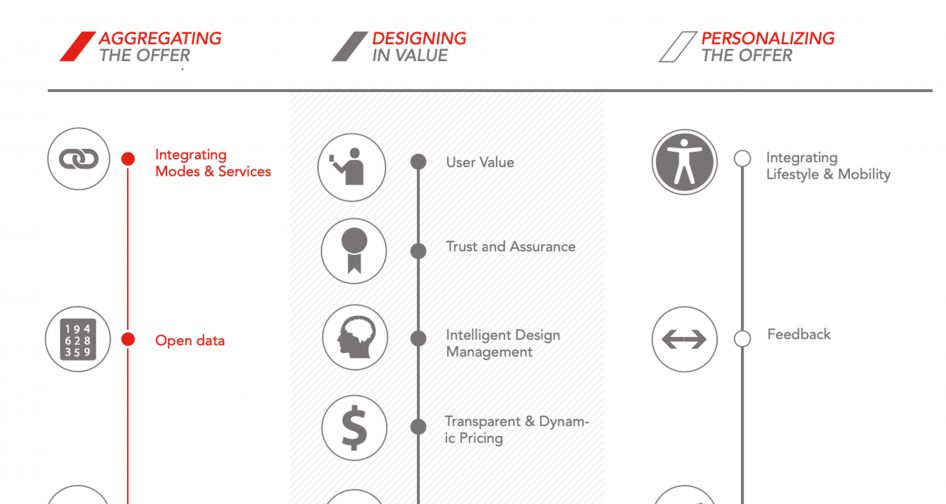
In the world of Maas, everyone is your user
Much of our disjointed travel systems are a result of conflicting politics.
Service Design has a real role to play here. If we really are to engender seamless transport systems we need to look at how end-to-end journeys can be delivered through partnerships. By mapping the user journey we want to see, we can work back from the user experience to look deeper into how the system needs to operate in order to enable it. We can still disagree and protect our ‘share’, but by looking from a user perspective and needs, it provides us with a vehicle to discuss what ‘could be’ and root our own interests around this.
This will be about openness and standards. These partnerships need to look at how they safely open up their systems and data in order to connect with one another. This requires standards, APIs, and a number of open system approaches that will allow innovators and companies to provide connected offers to customers.
By bringing it to the perspective of the users, it will hopefully result in all players in a transport system developing integrated offers that give us seamless, cost effective and connected opportunities for travel.
